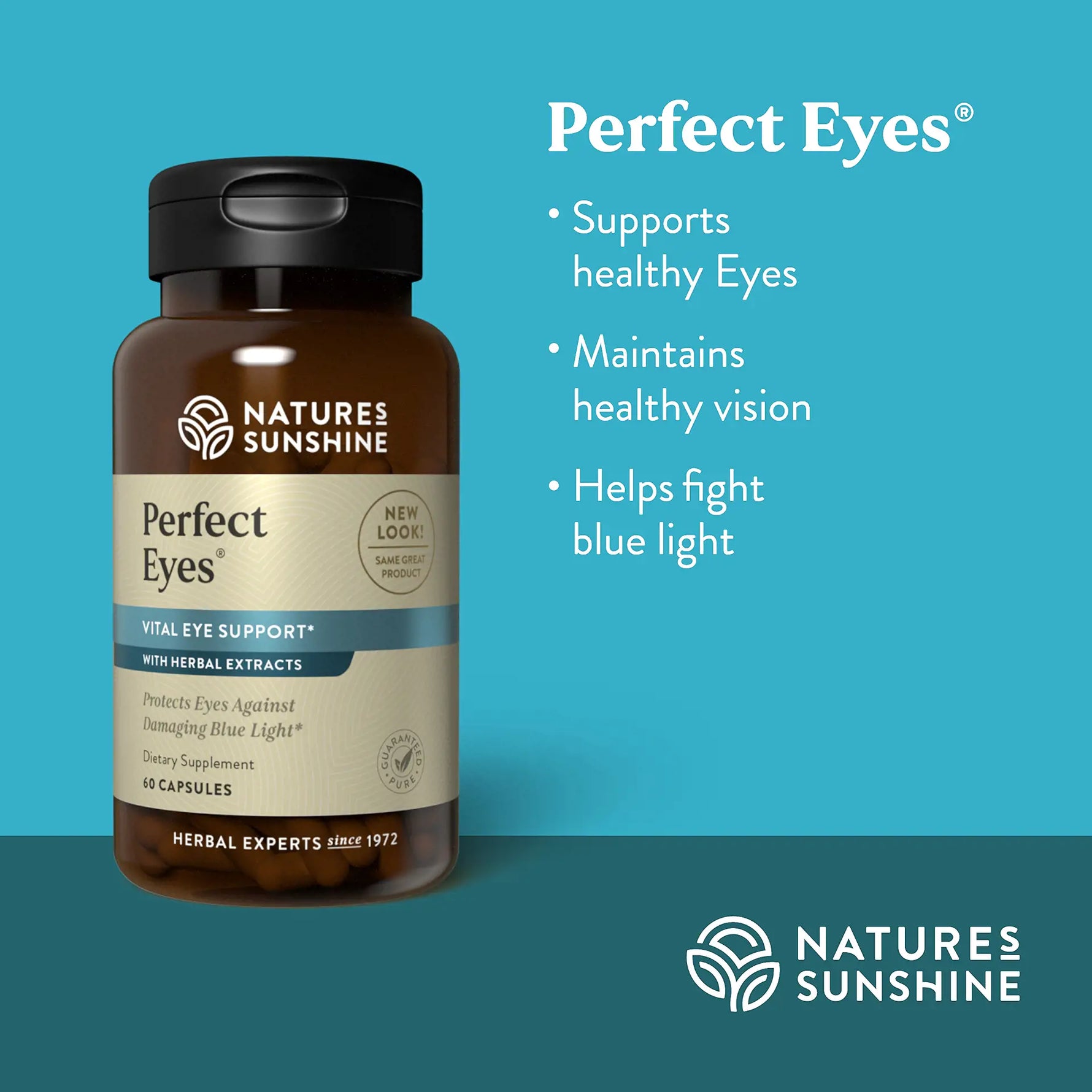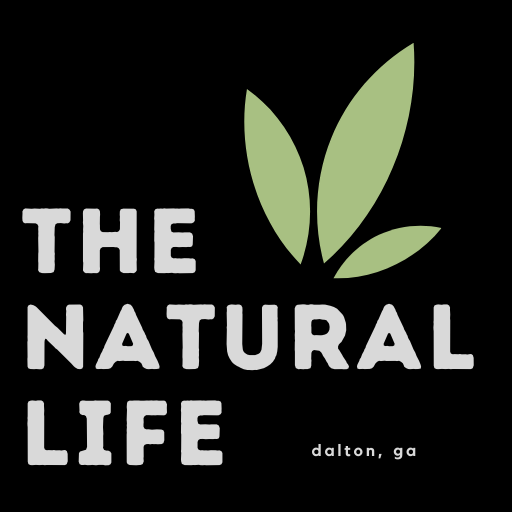
Perfect Eyes
$36.50
Unit price perEstimated delivery between December 27 and December 29.
Vital eye support powered by herbal extracts. Today’s eyes endure so much, it’s time to give them some love.
- Protects eyes against damaging blue light
- Supports healthy eye composition
HOW IT WORKS
Our eyes are constantly exposed to sunlight and artificial lighting, which can generate free radicals that have harmful effects on ocular cells. After middle age, our natural antioxidant production decreases, and the pigments in our eyes change. Lutein, zeaxanthin are two key ingredients in this formula that may reduce the risk of light-induced oxidative damage that could lead to age-related macular degeneration. These two nutrients benefit eye health by blocking blue light from reaching the underlying structures in the retina. Perfect Eyes® includes Vitamin A (beta-carotene), Vitamin C, zinc, selenium, copper, lutein and zeaxanthin ingredients inspired by the AREDS study (age-related eye disease study) that supports eye health and maintains healthy vision.
WHY PERFECT EYES®?
This carotenoid-rich formula follows the AREDS study findings from 2001 and 2006. The first study found that a blend of vitamins C and E, beta-carotene, zinc and copper helped reduce the risk of progression on Age-related Macular Degeneration (AMD) by 25% in five years. The second study added lutein, zeaxanthin and omega-3 fatty acids to the mix for added benefits. Our lutein partner in India provides non-GMO seeds to local farmers, and they’re fully committed to sustainability. They also work with the Shankara Eyecare Institute of India to offer free eye exams, provide glasses and help locals with cataracts, a common cause of blindness in India.
THE STORY BEHIND PERFECT EYES®
Beta-carotene is basically the yellow or orange pigment that gives many vegetables, fruits, flowers and other plants their colors. It was first crystallized from carrot roots in 1831. Beta-carotene means “B carrot” from the Greek beta + Latin carota. In 1851, Herman von Helmholtz invented the opthalmoscope, which led to the discovery of the foveal pit in the human eyeball. This region of the macula has tightly packed cone cells and is responsible for the sharp vision you need for daily activities like face recognition and reading. It wasn’t until 1988 when researchers identified lutein, and zeaxanthin as key components in the macula. This region is yellow in color because absorbed pigments from colorful foods are stored there. Bilberry, also known as whortleberry, huckleberry and European blueberry, was used traditionally to soothe the intestines and for oral applications. It is native to northern Europe. In World War II, British Air Force pilots consumed bilberry jam before they took off to help their night vision.
RECOMMENDED USE
Take 2 capsules daily with a meal.
Share information about your brand with your customers. Describe a product, make announcements, or welcome customers to your store.
Share information about your brand with your customers. Describe a product, make announcements, or welcome customers to your store.

